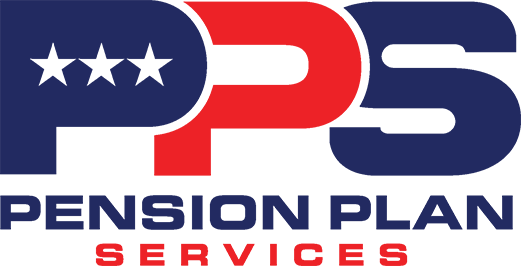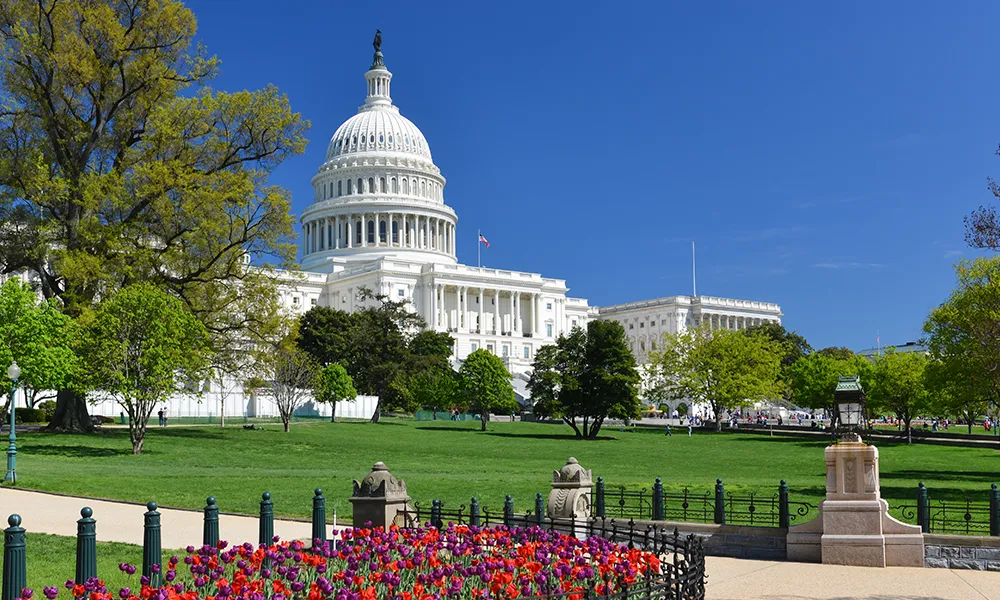The IRS recently issued guidance on this provision (Notice 2023-43, the “Notice”), which provides some welcomed answers to questions left open by the text of SECURE 2.0. Full guidance updating EPCRS will be released within two years.
The new rule under SECURE 2.0.
Before SECURE 2.0, plan failures were generally eligible for SCP if they were either: (1) an insignificant operational failure or (2) a significant operational failure that was corrected timely (generally within three plan years). Certain documentation failures also were eligible for SCP; demographic and employer eligibility errors generally were not eligible. SCP also required that a plan sponsor have established practices and procedures reasonably aimed at promoting and facilitating compliance with the Code, that plans seeking to correct under SCP for significant failures have a favorable determination letter, and that the correction follow principles articulated in EPCRS guidance.
SECURE 2.0 expands SCP to generally include any “eligible inadvertent failure,” so long as: (1) the plan sponsor demonstrates a “specific commitment to implement a self-correction” prior to the IRS identifying the failure and (2) the correction is completed within a “reasonable period” after the failure is identified. The text of SECURE 2.0 left many practitioners unsure of when the new rule would apply and what the new terminology meant.
When can the expanded SCP be used?
The Notice provided welcomed confirmation that plan sponsors are able to use the expanded SCP immediately. In addition, the Notice confirms that failures occurring prior to December 29, 2022 (the date SECURE 2.0 was signed into law) may be corrected now using the expanded SCP rules.

by Kelsey Mayo
Partner, Poyner Spruill
Kelsey’s practice is focused in the areas of Employee Benefits and Executive Compensation. She works with business owners and HR executives to understand and manage employee benefits and executive compensation arrangements. She routinely represents clients before the Internal Revenue Service, Department of Labor, and Pension Benefit Guarantee Corporation and has extensive experience in virtually all aspects of employee benefit plans and executive compensation arrangements.
What errors are “eligible inadvertent failures” eligible for SCP?
Generally, an error that occurs in a plan despite reasonable practices and procedures to facilitate overall compliance with the tax code is an “eligible inadvertent error” that may now be corrected under SCP, including demographic errors, documentation errors, and employer eligibility failures. However, the Notice provides that certain types of failures will not be considered “eligible inadvertent failures,” including the following:
- Failures that are egregious, relate to an abusive tax avoidance transaction, or relate to a diversion or misuse of plan assets;
- A failure to initially adopt a written plan;
- A failure occurring in an orphan plan;
- A significant failure in a terminated plan;
- A failure that involves excess contributions to a SEP or SIMPLE IRA that is corrected by permitting the excess contributions to remain in the affected participant’s IRA;
- A demographic failure that is corrected using a method other than a method set forth in Regulation Section 1.401(a)(4)-11(g);
- An operational failure that is corrected by a plan amend-ment that conforms plan terms with prior operations if it results in a cutback;
- Certain failures occurring in a SEP;
- Certain failures occurring in a SIMPLE IRA; and
- A failure in an ESOP that involves Code Section 409 in which tax consequences other than plan disqualification are associated with the failure.
How must the error be corrected?
 The error must be corrected in accordance with EPCRS’s correction principles and rules of general applicability, and the plan cannot use a correction method that is prohibited under the current EPCRS. The plan may, but is not required, to use one of the safe harbor correction methods in the appendices to EPCRS (although those are deemed reasonable and appropriate methods of correcting a failure).
The error must be corrected in accordance with EPCRS’s correction principles and rules of general applicability, and the plan cannot use a correction method that is prohibited under the current EPCRS. The plan may, but is not required, to use one of the safe harbor correction methods in the appendices to EPCRS (although those are deemed reasonable and appropriate methods of correcting a failure).
What is the new deadline for correction when using SCP?
Corrections must be completed within a reasonable period after the failure is identified and the plan must have demonstrated a specific commitment to implement self-correction regarding the failure before the failure is identified by the IRS.
- What is a reasonable period? The Notice provides that whether the correction is completed in a “reasonable period” will depend on relevant facts and circumstances. Generally, failures corrected within 18 months of when the error was identified by the plan will be considered reasonable. Employer eligibility failures, however, generally should be completed within six months following identification.
- When is an error identified by the IRS? The Notice elaborates that a failure is treated as “identified” by the IRS when the plan or plan sponsor comes under an audit (actual identification of the error during the audit is not required). However, an audit will generally not cut off SCP for all eligible inadvertent failures. SCP is still available if the plan sponsor has already demonstrated a specific commitment to correct or the failure is an insignificant operational failure.
- What is a specific commitment to correct? A determination of whether a plan sponsor has demonstrated a “specific commitment” to correct will be determined based on relevant facts and circumstances. The Notice clarifies that the specific commitment must be related to awareness and action related to a specific failure.
Document that correction!
While the Notice confirms there are no new documentation requirements, the IRS did take the opportunity to remind plans that must be able to provide documentation substantiating the self-correction, including documentation of the following:
- The failure, including the years of occurrence, the number of employees affected, the date the failure was identified, and how the failure occurred;
- Evidence of established practices and procedures (formal or informal) reasonably designed to promote and facilitate overall compliance that were in effect when the failure occurred;
- The correction method and the date of the completion of the correction; and
- Changes made to practices and procedures to ensure that the same failure would not reoccur.
The Notice provides welcome detail to those unsure of how SECURE 2.0 fit within the current EPCRS guidance. While full guidance under SECURE 2.0 is not expected until 2024, the Notice articulates helpful principles that may be applied now and going forward.
Best Practices: Incentives for Plan Deferrals
Want to add some fun and levity to retirement plan saving? Sounds like fun! Plan sponsors may be excited to learn about Section 113 of SECURE 2.0, which permits the giving of small financial incentives for employee deferral contributions, but there are a few best practices to keep in mind.
What’s the new rule in a nutshell?
The new rule permits employers to provide “de minimis financial incentives” to employees who elect to defer into an employer’s 401(k) or 403(b) plan. Practically, this means that employers can reward employees’ deferral elections by giving those employees small gifts or awards. This may especially appeal to employers who have already established similar gamification and incentive programs in their wellness programs.
 What’s a “de minimis financial incentive”?
What’s a “de minimis financial incentive”?
SECURE 2.0 doesn’t define the term “de minimis.” The U.S. Senate’s section-by-section summary of SECURE 2.0 seems to suggest that gift cards in small amounts would be appropriate. One question is whether the “small amount” is measured as the actual award given or by the average cost spread out among all eligible participants. For instance, it seems likely that a $25 gift card given to each person who enrolls is de minimis, but what about a $2500 trip that is given away in a raffle where 100 employees who enrolled are each given one chance to win? Unless and until guidance is issued, the safer course will be to keep the value of the rewards on the smaller side. Importantly, note that these incentives cannot be paid from plan assets and regular fringe benefit taxation rules apply (meaning that gift cards likely are taxable to employees).
Sounds great, when can we start?
Now! This optional plan provision was effective for plan years beginning after December 29, 2022. This is a great opportunity to pair with your TPA partner and start discussion with clients about whether and how to add an incentive program to deferral elections.
HOT TOPIC:
Change in Form 5500 Audit Threshold
 Good news for sponsors of smaller plans:
Good news for sponsors of smaller plans:
The DOL has changed the participant count methodology for the Form 5500 plan audit threshold. The change is included in the amended Form 5500 forms and instructions for 2023, and significantly changes how a plan sponsor count participants for purposes of determining whether it is eligible for the small plan simplified Form 5500 reporting.
What’s the new rule in a nutshell?
Generally, plans with fewer than 100 participants are considered “small plans” and can take advantage of simplified Form 5500 reporting—meaning, most notably, that the plan does not have to be audited by an independent qualified public accountant. The new rule changes the counting methodology used in determining whether the 100-participant threshold is met.
Previously, in determining whether the threshold is met, plans were required to count all eligible participants—even those who had elected to not participate in the plan. The new rule, by contrast, counts only the number of participants and beneficiaries with account balances at the beginning of the plan year.
What is the impact of this change?
The DOL expects this change to reduce the number of plans that must file as large plans by nearly 19,500 filings. Even assuming only a $7,500 audit cost, that is about $146 million in cost savings for small plan sponsors and their participants!
When is this effective?
This is effective immediately for plan years beginning on or after January 1, 2023. Filing and audit requirements for the 2022 plan years will still be determined based on the prior counting rules.
Why was this change adopted?
The small plan threshold has always been a reflection that the cost of an audit outweighed the benefits for some small plans. The DOL has been evaluating the old counting rule in light of the increasing costs of plan audits and the change in eligibility rules related to long-term, part-time employees that would increase the number of plans subject to audit. In balancing the costs and benefits of an audit, the final rule reflects the DOL’s belief that the cost of audits are more appropriately and fairly borne by plans with at least 100 account balances.

